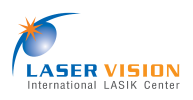Cataract Center
Laser Vision
Understanding Age-Related Eye Health Issues and Care
Understanding Age-Related Eye Health Issues and Care
As we age, it's natural to prioritize physical health, working diligently to prevent diseases such as diabetes, heart conditions, and high blood pressure. However, one aspect that often gets less attention is our eye health. Surprisingly, a survey by The International Agency for the Prevention of Blindness (IAPB) revealed that a significant 80% of individuals over the age of 50 experience various eye problems, with some facing the daunting prospect of blindness.
Age-Related Eye Problems
1. Presbyopia: The Age-Related Vision Challenge
This age-related vision issue, known as presbyopia, typically emerges in one's early 40s or later. It's akin to looking through a foggy window, causing a decline in sharpness, particularly noticeable when driving at night.
2. Glaucoma: The Silent Thief of Sight
Glaucoma, characterized by elevated eye pressure, stiffens the eye, affecting peripheral vision while retaining central vision. There are two main types: closed-angle and open-angle glaucoma. Closed-angle glaucoma is more prevalent in elderly women, causing sudden eye pain and blurred vision, necessitating immediate attention. In contrast, chronic open-angle glaucoma is often asymptomatic, making regular eye exams crucial for early detection.
3. Age-Related Macular Degeneration (AMD): A Leading Cause of Vision Loss
Age-Related Macular Degeneration (AMD) is a significant contributor to vision loss in the elderly. It starts with clear peripheral vision but blurry central vision due to macular tissue abnormalities. It often has a hereditary component and is associated with risk factors such as high blood pressure, high cholesterol, obesity, and smoking.
Other Eye Health Concerns
4. Floaters: Understanding Those Pesky Spots
Floaters, those small dark spots or streaks in your vision, can resemble flying insects. These result from changes in the vitreous substance inside the eye. While they're usually harmless, an excessive amount, accompanied by decreased vision, should prompt a visit to an ophthalmologist.
5. Cataracts: The Clouding of Vision
Cataracts, the clouding of the eye's lens leads to reduced vision. Cataracts are common among the elderly and can be related to aging, diabetes, high blood pressure, and smoking. Surgical removal is often necessary when they significantly impair vision.
Regular Eye Health Check-ups
Just like overall physical health, it's vital to schedule regular eye check-ups, at least annually, with a specialist.
Conclusion: Optimizing Eye Health in Your Golden Years
In your pursuit of a healthy and fulfilling life as you age, don't overlook the significance of eye health. By understanding common age-related eye issues and the importance of regular check-ups, you can safeguard your vision and enjoy a vibrant, active lifestyle well into your golden years.
Laser Vision
Understanding Visual Acuity Measurement and 20/20 Vision
Understanding Visual Acuity Measurement and 20/20 Vision
The Principle of Visual Acuity Testing: The fundamental principle behind measuring visual acuity lies in the size of the image projected onto the retina. This size depends on both the size of the object being viewed and the distance from the eye. To assess visual acuity, eye care professionals commonly employ Snellen charts, which consist of numbers and letters of varying sizes.
Importance of Visual Acuity Measurement: Visual acuity measurement is vital in assessing the clarity of vision. It helps determine an individual's ability to read and recognize objects at specific distances. This information is crucial for identifying vision problems and prescribing corrective measures such as eyeglasses or contact lenses.
Near Vision Testing with Reduced Snellen Charts: In addition to standard Snellen charts, near vision testing is essential, especially for individuals experiencing presbyopia, a condition that affects near vision as we age. Near cards, or reduced Snellen charts, are used to evaluate close-up vision. Test subjects hold the cards at a distance of 14 inches and read the numbers or letters. This helps diagnose and address near vision issues.
Decoding 20/20 Vision: The term "20/20 vision" is often heard, but what does it mean? The first "20" represents the distance at which the individual is tested, typically 20 feet. The second "20" signifies the level of visual acuity. A person with 20/20 vision can see the same size letters or numbers at 20 feet as a person with normal vision. The higher the second number, the poorer the visual acuity. For example, 20/40 vision means the person can see at 20 feet what a person with normal vision can see at 40 feet.
Conclusion: Visual acuity measurement is a fundamental aspect of eye health evaluation. Understanding the principles of visual acuity testing and the significance of 20/20 vision aids in identifying vision issues early and seeking appropriate solutions.
ဆေးရုံတည်နေရာ
Laser Vision International LASIK Center
10/989 Soi Prasertmanukij 33 Nuanchan Buengkum District Bangkok 10230



